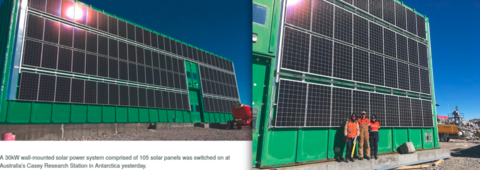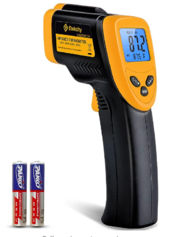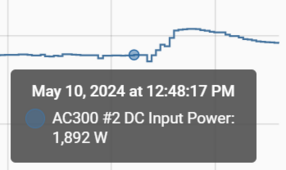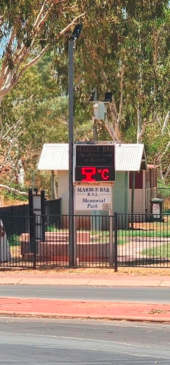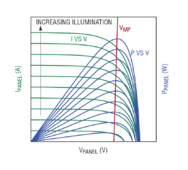"It implies that the panel is generating more power than its rated power, which is not possible."
Of course that is possible.
Why do you suppose NEC says to size fuse and wire for 1.56 Isc?
Panels can most certainly generate more power than their rated output...
(it is one of the reasons I push 'derate your PVmax voltage on charge controllers to only 80% of the max voltage figure they list' so much...)
I have seen my own panels exceed their 'max peak output by over 10%-15% for brief periods of time... the worst time is summer, on a cool day immediately after it has been raining, and with light 'grey full sky overcast' with breaks in the clouds...
This can lead to the 'perfect storm' of 'bad' (too good) power production, with cool panels (ie more production), summer (best solar insolation) and more light on the panels than normal (if you get a 'shaft' of sunlight through a break in the clouds then you get the normal solar insolation from the direct sunlight, but you ALSO get diffuse 'extra light' from the clouds- which spike the voltages and power by that 10-15%...
If you do as I do and derate the combined panel Voc's by 20%- well everything's still under the PVmax rating, and it just happily grabs that extra power and stores it if possible...
If you do like so many do and 'crowd the limits' of that max voltage in particular- well if you are only say 3% under the maximum allowable voltage- and the arrays voltage rises by 10-15%....
Well...
'magic smoke' comes out...
If you look at any panels specs- you will see that all the figures listed are at 'STC only" ie standard test conditions....
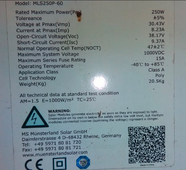
Vary ANY of those conditions- and the rated output (and voltage and current) changes- panels get hotter, they make less, light gets brighter, they make more, AM (atmospheric mass) get less they make more (so a panel at sealevel makes less than the same panel on the top of a high mountain... or say summer when the sun path is 'higher' than in winter when it is closer to the horizon- thats a 'thicker' length of air it has to go through- which is why summer is (usually) considered the best time for maximum production... one AM is the height from sealevel to space so the lower the sun is in the sky, the longer path it has to take through air, and the less solar insolation it provides...)
Those with large bodies of water or tall buildings with lots of glass windows can have real issues with this (more light from both direct light and reflections can seriously boost the arrays voltages for some parts of the day) and if again you are 'crowding the limits' for your controller- this can cause premature failure...
It is also why even in Antarctica, us Aussies use solar at our bases- yes the solar insolation is lower, but when your panels are running at -30C- that brings the power right back up again, add in near or vertical panels (low sunpath) and direct light plus reflected sunlight off that lovely white snow- solar will work a lot better than many people think...
